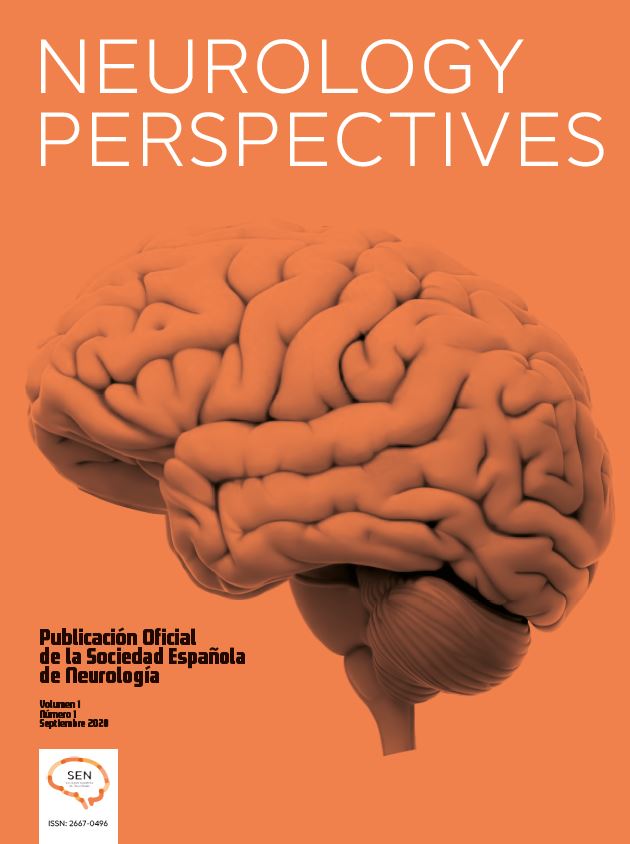Machine learning models have been developed that use variables available at the time of admission to predict factors relevant to stroke discharge planning.1,2 Implementation studies that demonstrate improvements in patient or system-oriented outcomes with model use are vital.3 The aim of this study was to examine the effect of implementing machine learning outcome prediction on stroke inpatient length of stay (LOS).
Consecutive individuals admitted to the Royal Adelaide Hospital stroke/neurology unit over a 1-month period with suspected or definite stroke were included in the study. If following inclusion an individual was subsequently determined not to have had a stroke, they were still included in ‘intention to treat’ analyses as per their initial randomisation. Machine learning models to predict the likelihood of survival to discharge, discharge modified Rankin scale (mRS) ≤2, discharge to home, and LOS ≤8 days were employed.1,2 The input variables were age, gender, postcode, pre-stroke mRS, type of stroke (ischaemic or intracerebral haemorrhage), National Institutes of Health Stroke Scale (NIHSS) score, ability to walk at the time of admission, ability to swallow at the time of admission, whether thrombolysis was administered and whether the patient underwent endovascular thrombectomy. Two previously defined cut-off thresholds were used to differentiate low, intermediate, and high-likelihood patients for each prediction.
At 7 a.m. on a daily basis during the intervention period the inpatient list for the stroke unit was reviewed for new admissions from the preceding 24 h. When new cases were identified, predictions were generated. A random number generator was then used to determine whether individuals would be in either the interventional group or the control group. In the interventional group the generated predictions were released in the form of a progress note entered in the electronic medical record, and in an email to the trainee medical officers on the stroke service. For the control group, a note was entered in the medical record and an email was sent, both of which stated that predictions had been made but not released. All of the above communication was completed prior to the daily 8 a.m. multidisciplinary team meeting at which discharge planning is routinely discussed.
Descriptive statistics were employed with results presented as median and interquartile range. Cases with missing data were managed with exclusion. Shapiro–Wilk tests were used to evaluate for normality. Subsequently, Wilcoxon rank-sum and chi-squared tests were used to evaluate the difference in LOS, survival and discharge destination. The machine learning and statistical analysis was conducted using open-source Python software, namely SciKit-Learn and SciPy.4,5 The project received approval from the institutional Ethics Committee (reference number 14112).
All patients admitted to the participating unit during this time underwent randomisation. After one individual was excluded due to missing data, 103 patients were included in the study. Interventional and control groups were moderately balanced with respect to baseline demographic and stroke characteristics. In the setting of randomisation of a small sample size, in the intervention group there were more individuals with ischaemic stroke, that received thrombolysis, and that received endovascular thrombectomy although these differences were not statistically significant (see Supplementary Information Table 1). There were no statistically significant differences in discharge destination or survival between the two groups. There were four individuals determined not to have had a stroke in each of the interventional and control groups after randomisation.
The median LOS in the interventional group was 4.0 days (IQR 2.1–8.2 days). The median LOS in the control group was 6.6 days (IQR 2.1–15.8). There was a statistically significant difference in the LOS between the two groups (P = 0.045). When only the prespecified subgroup of individuals with a severe stroke, as indicated by a NIHSS at the time of presentation of six or greater (n = 50), were analysed there was no statistically significant difference in LOS (P = 0.27). The same was true when the prespecified subgroup of patients from only the Central Adelaide Local Health Network (not requiring home network repatriation, n = 54) was analysed (P = 0.13).
This study has shown that implementation of machine learning models for the prediction of factors related to stroke discharge planning is feasible and may reduce LOS. However, the limitations of this study as a pilot are significant. For example, the factors that contributed to this reduction in LOS are uncertain and would benefit from further examination. Future research in this area should seek to reproduce the findings of this study in a larger sample size and in other settings.
FundingThis research received no specific grant from any funding agency in the public, commercial, or not-for-profit sectors. Stephen Bacchi is supported by a Fulbright Scholarship.
Patient consentThis project was conducted with a waiver of individual patient consent as approved by the institutional review board.
Ethical considerationsThe project received approval from the institutional Ethics Committee (reference number 14112).





